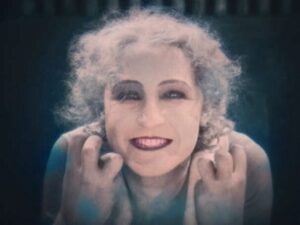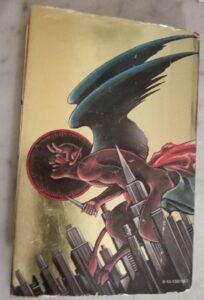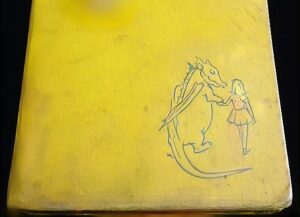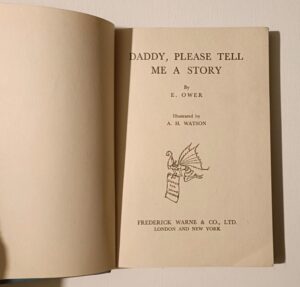Baudelaire’s Les Fleurs du Mal, Illustrated by Andre Collot, Paris, 1950
Les Fleurs du Mal, a literary masterpiece by Charles Baudelaire, is a collection of poems that explores the darker side of human nature and emotion. This first edition published in 1950 by Paris Rombaldi is an exceptional piece of art, not just for its content but also for its exquisite illustrations by Andre Collot.
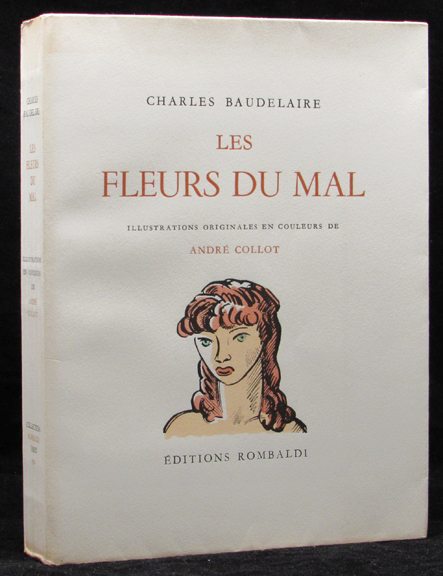
Andre Collot’s illustrated edition of Baudelaire’s Les Fleurs du Mal, published by Rombaldi in Paris in 1950, is a fascinating artifact, capturing a specific moment in post-war French artistic sensibility. While not as famous as some other illustrated editions of Baudelaire’s masterpiece, Collot’s work offers a unique and often unsettling visual interpretation of the poet’s decadent and introspective world.
Collot’s style is distinctly mid-20th century, leaning towards a stark, almost brutalist expressionism. His black and white lithographs are not pretty; they eschew delicate romanticism in favor of bold lines, heavy shadows, and distorted figures. This stylistic choice perfectly complements the darker, more grotesque aspects of Baudelaire’s poetry. The illustrations don’t shy away from the themes of decay, ennui, and the macabre that permeate Les Fleurs du Mal. Think less idyllic gardens and more urban decay, twisted bodies, and haunting, hollow-eyed figures staring out from the page.
One of the strengths of this edition is Collot’s ability to capture the psychological tension inherent in Baudelaire’s verses. His illustrations aren’t mere depictions of the poems literal content; they delve deeper, visualizing the underlying anxieties, obsessions, and spiritual struggles that fuel Baudelaire’s work.
For instance, in a poem like “Le Spleen,” Collot might depict not just the physical setting of a cramped, oppressive room, but also the suffocating weight of the speaker’s despair through the use of claustrophobic composition and distorted perspectives.
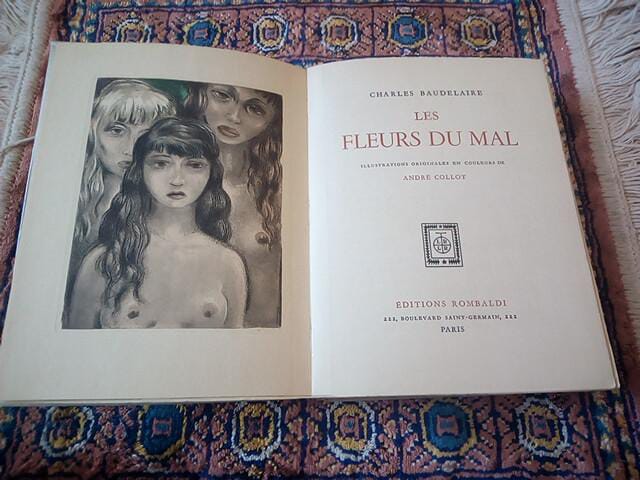
The Rombaldi 1950 edition itself, as a first edition, holds a certain collector’s value. The quality of the printing and paper stock are typical of the period, and the book’s overall design, while not lavish, has a certain understated elegance. The typography complements Collot’s illustrations, creating a cohesive and immersive reading experience.
However, Collot’s interpretations are not without their stupid detractors. Some might find his style too harsh, too bleak, and perhaps even too literal in its depiction of Baudelaire’s more symbolic and metaphorical language. His figures can sometimes verge on caricature, and the relentless darkness of the illustrations can be overwhelming. This edition is certainly not for those seeking a romanticized vision of Baudelaire’s poetry.
The book opens with a preface by Pierre Louys, which sets the tone for the rest of the work. It’s a deep dive into the psyche of man, exploring themes such as love, death, and the beauty found in decay. Baudelaire’s poetry is raw and intense, often challenging societal norms and expectations. His words are like a mirror reflecting the darker aspects of humanity that we often prefer to ignore.
One cannot overlook the historical significance of this first edition. Published in 1950, it represents a period when literature was undergoing a significant transformation. This book stands as a testament to that era, offering readers a glimpse into the minds of some of the most influential artists and writers of their time.
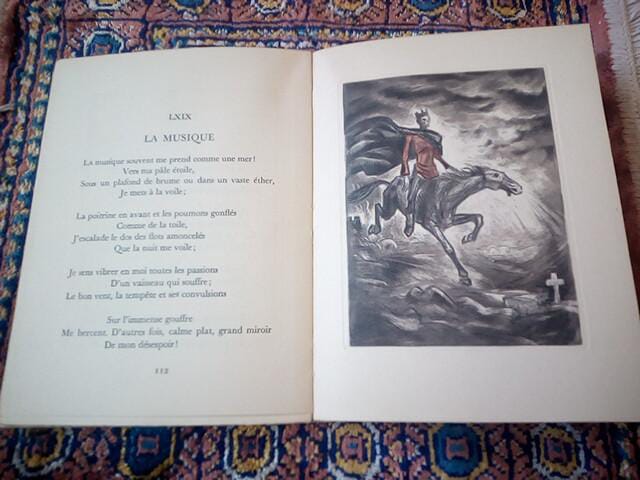
However, it’s important to note that this book isn’t for everyone. Its exploration of taboo subjects and its unflinching look at human nature may be unsettling for some readers. But for those willing to confront these uncomfortable truths, Les Fleurs du Mal offers an unforgettable journey into the depths of human emotion.
Ultimately, the 1950 Rombaldi edition of Les Fleurs du Mal illustrated by Andre Collot is a powerful and provocative interpretation of a timeless work.
It’s a true valuable edition for collectors and a compelling visual companion for those willing to confront the darker recesses of Baudelaire’s poetic landscape and beyond.
Sure, this book is not for the faint of heart, but it offers a rewarding experience for those seeking a visceral and unflinching encounter with Baudelaire’s poetic genius.
It’s in the Buddenbrooks catalogue estimated at $100,00 but it would not be blasphemy to have it at more than $200 if we would bring honour and light to immortal poems that forged a new kind of awareness in the romantic relationships of several generations of lovers.

Other illustrations by Collot

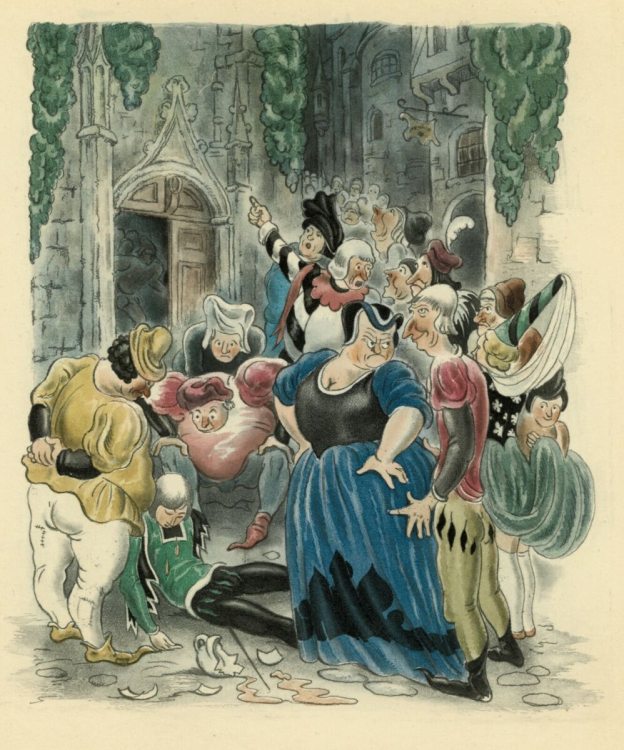

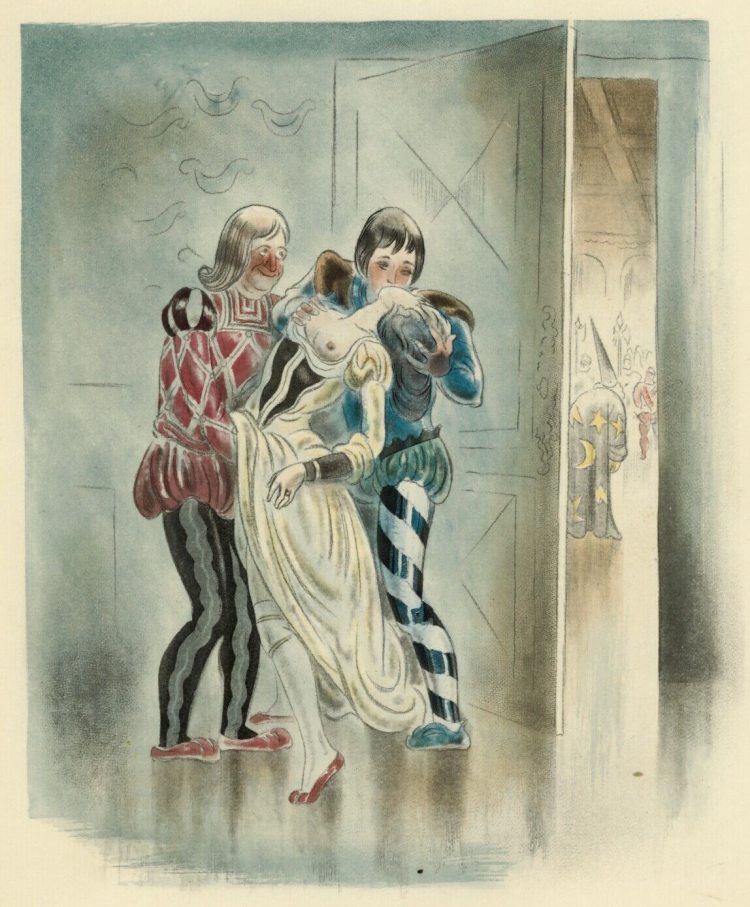
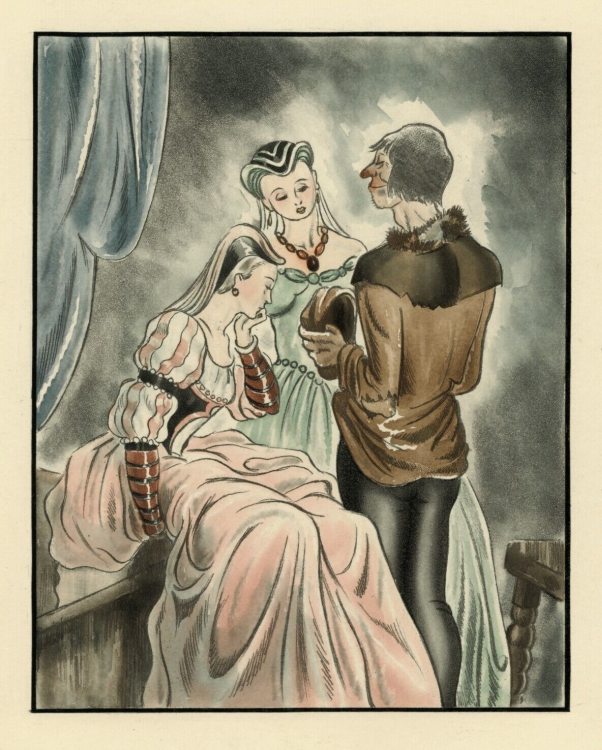




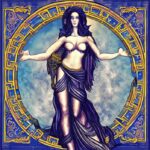


![A General History of The Lives and Adventures of The Most Famous Highwaymen, Murders, Street-Robbers[...] by Captain Charles Johnson captjohnson2](https://harkonnens.com/wp-content/uploads/captjohnson2-150x150.jpg)

